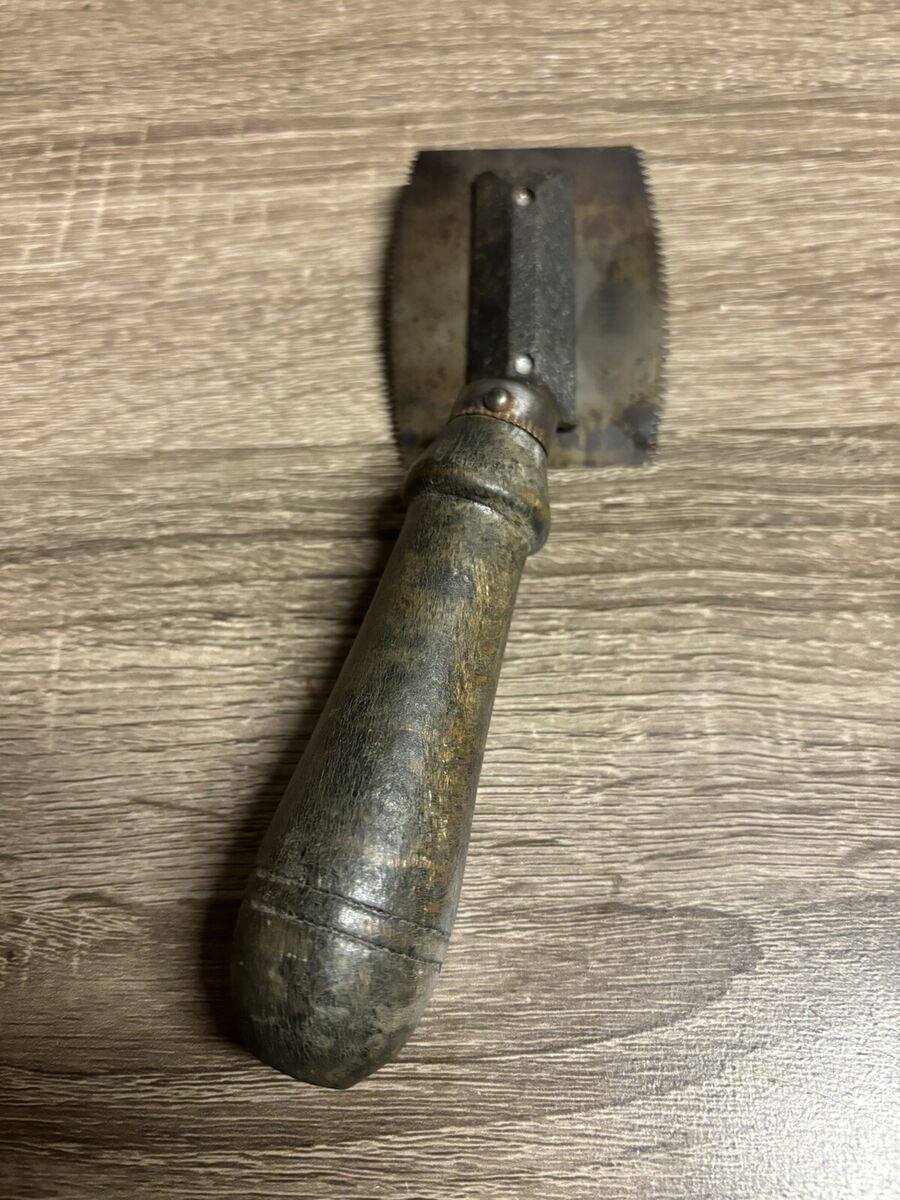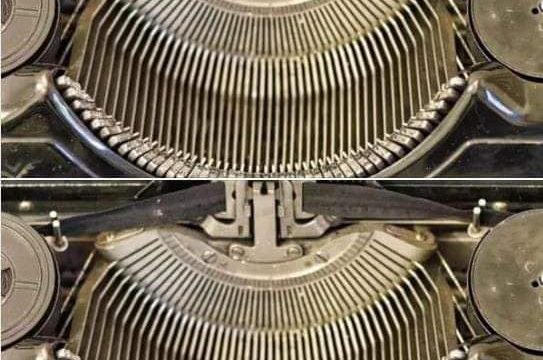
The Legacy of the Veneer Saw: A Symbol of Skilled Woodworking
History
The veneer saw emerged in the 19th century, becoming an essential tool for woodworking during a period marked by remarkable advancements in the craft. As demand for high-quality furniture and intricate woodwork grew, the need for more specialized tools became apparent. Veneer saws were invented to cut thin sheets of wood, known as veneers, from larger timber pieces. These thin slices allowed craftsmen to enhance surfaces by adding decorative touches or making cheaper woods resemble more luxurious varieties. The early veneer saws, made from durable steel, often came with intricately designed handles, highlighting their use in skilled craftsmanship and the appreciation for beauty even in functional tools.
Usage
Veneer saws were equipped with fine-toothed, narrow blades, specially designed for the precise task of slicing veneers. The blades were slightly angled, allowing for clean cuts without causing any splintering—a crucial feature when working with such delicate materials. Craftsmen used veneer saws to trim and fit veneer pieces onto surfaces like furniture, cabinetry, and decorative panels. This task demanded a steady hand and a delicate approach, making the veneer saw an indispensable tool for those aiming for perfection in their work. The tool was perfect for adding intricate details that transformed an ordinary piece of furniture into a work of art.
Legacy
Even though modern power tools have largely replaced hand tools for cutting veneer, the vintage veneer saw still holds a cherished place in woodworking history. Collectors and woodworking enthusiasts appreciate these classic tools for both their practical craftsmanship and their historical value. Vintage veneer saws are a symbol of the artistry and skill that defined traditional woodworking. Many of these saws are now on display in workshops and museums, serving as a tribute to the precision and dedication of past craftsmen. They remind us of the incredible skill and patience required to create intricate wood designs and fine furniture without the aid of today’s technology.
Today, the legacy of the veneer saw continues, representing the precision and artistry of traditional woodworking. In an era dominated by automation and high-tech machinery, these hand tools still inspire contemporary craftsmen who value the elegance and tradition of working with their hands.





